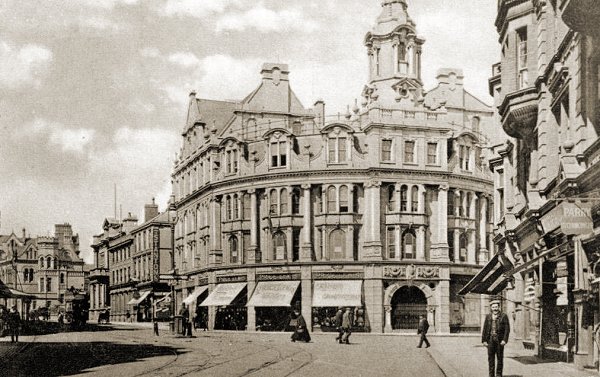Listed Buildings
Are buildings or structures that are included in the “Statutory
List of Buildings of Special Architectural or Historic Interest”,
which is compiled by the
Secretary of State. Items in the list are considered to be of national
importance and are protected against inappropriate alteration or
demolition.
The Department for Culture,
Media and Sport, or DCMS is responsible listed buildings under the terms
of the 1990 Act, which provides specific protection for them. The
Government is in the course of reviewing the national listing procedure
and is proposing amongst other things to give it entirely to a revamped
English Heritage.
Locally Listed Buildings
Many buildings in the City do not meet the national criteria for
inclusion in the statutory list and are still worthy of protection and
conservation in their own right. The Council has compiled a list of
these buildings in order to provide a measure of protection. We must
thank Sue Whitehouse, the Council's Conservation Officer for her help in
producing this section.
 |
Notes on listed buildings |
How to propose a building
for local listing |

|
To view Wolverhampton's listed buildings, either select an area on the
map below, or select a street name from the A to Z index at the bottom,
or select Canals and Railways. For simplicity both locally and
nationally listed buildings are in the same menu. When a building is
selected, the type of listing is mentioned in the heading.
"Wolverhampton's Listed Buildings" refers to a nationally listed
building whereas "Wolverhampton's Locally Listed Buildings" refers to a
locally listed building.
|

|
Canals and Railways |
Select a street name from the A to Z index:
|
List of street names for each
letter:

|

A fine sunny morning in Lichfield Street
in the early years of the 20th century, showing three listed
buildings; Barclays Bank on the extreme left, Wolverhampton Art
Gallery, and the Royal London Building. The photograph was taken
before the building of the Midland Bank in 1910. |
|